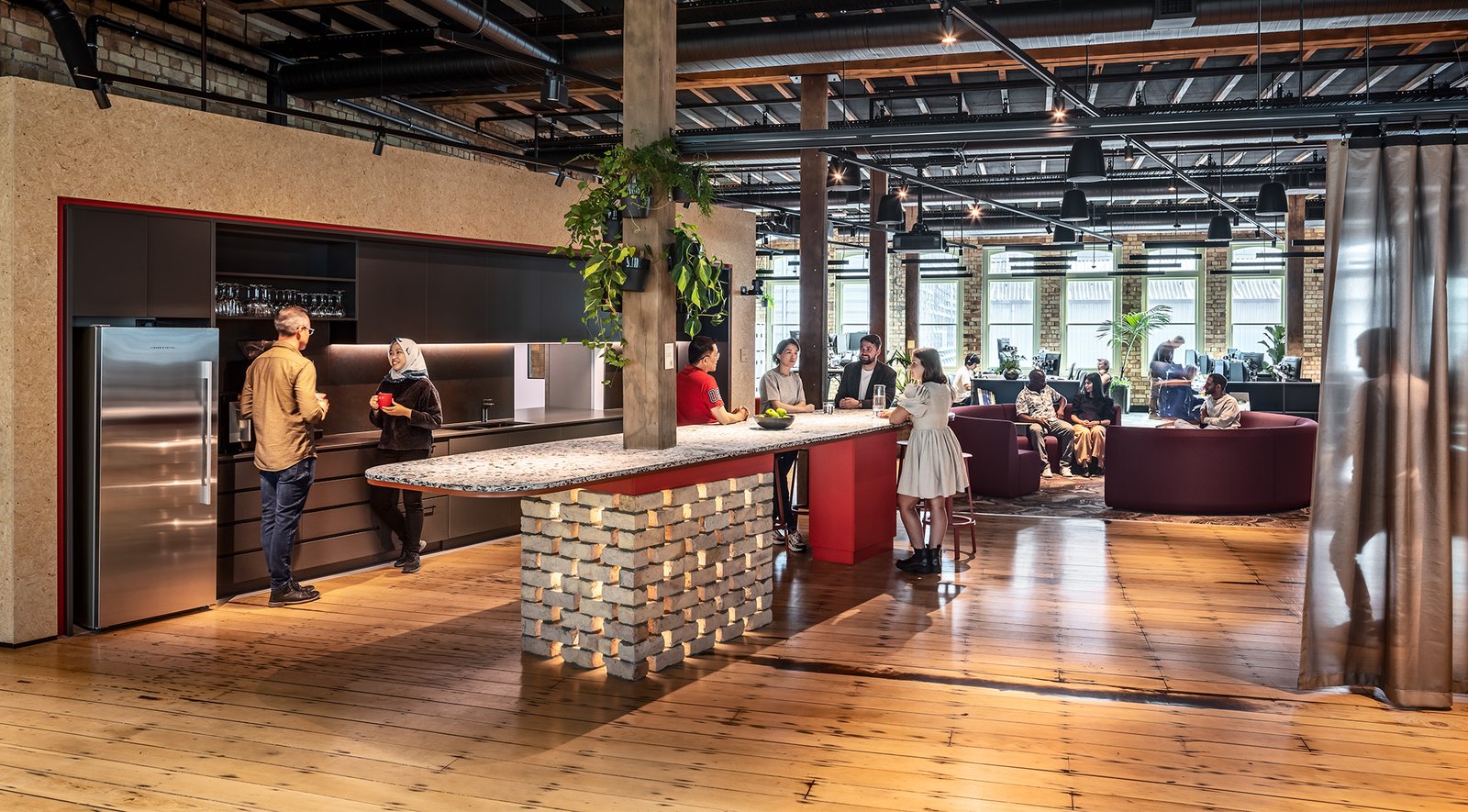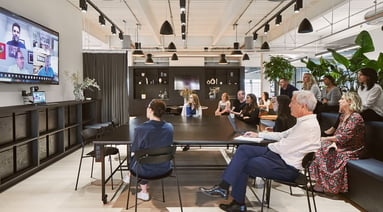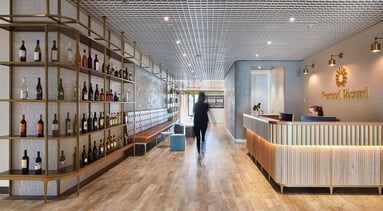Three ways to create a purposeful workplace design

How and where we do our best work has changed. Data from our Global Workplace Insights Report, Returning for Good, shows the importance of creating purposeful work environments.
The impact of the office on career progression
Survey data indicated employers want to see their people in the office and if they don’t, employees may pay a price. 88% of U.S. employers surveyed stated that employees’ career advancement prospects will be in question if they don’t return, and 79% mentioned that employees’ opportunities for promotions, pay raises, and bonuses will be limited.
These numbers make it clear that employers are placing a high value on in-office time for their employees. But are today’s workplaces meeting the needs of today’s workforce?
The employer/employee disconnect
One of the biggest conclusions we drew from the data is the inherent disconnect between employers and employees. For example, almost 90% of U.S. employers believe their offices are set up to enable productivity, but 52% of U.S. employees say they struggle to perform core tasks in their current office set up. Especially as office mandates are being put in place, workers are returning to a workplace that’s not enabling them to be productive.
With this in mind, how can companies rethink their workspaces to create purposeful, supportive environments?
Create a purpose-built space
Office designs need to enable employees to do their best work and “earn the commute.” Some ideas include:
- Creating places for “productive socialization.” Employees want to come into the office to connect and collaborate with their peers. By creating “we” spaces, you can give employees an inviting space to socialize and do what they enjoy most in the office.
- Providing dedicated workspaces. 86% of U.S. employees said they would want to come into the office more than they do if they had an assigned desk. Including “me” spaces in your space plan supports different workstyles and modes of your workers.
- Incentivize with amenities. U.S. employees want perks for coming into the office. Paid lunch and travel at 83% and 81% respectively were the highest motivators for workers wanting to come into the office.
By creating a collaborative, purpose-built space, employees will feel supported and inspired. It's time for employers to act: The future of work is in their hands.
Learn more in CoreNet Global's "The Pulse" blog.


